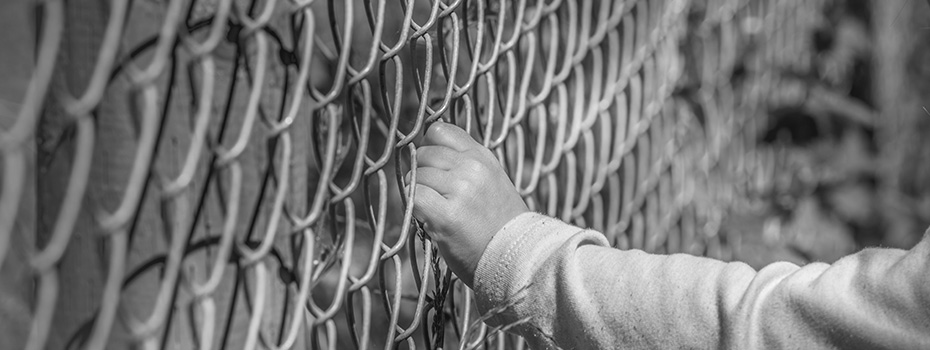About Human Trafficking
04 December 2017 00:00
"Human trafficking is one of the fastest growing crimes in the world and it is now tied with the illegal arms industry as the second largest international criminal enterprise..."
About Human Trafficking
It is important to note that a victim does not need to cross a border in order to be considered a victim of human trafficking. Simply defined, human trafficking is forcing or manipulating a person against their will into sexual or labour exploitation, within their own country or across borders.
Human trafficking is one of the fastest growing crimes in the world and it is now tied with the illegal arms industry as the second largest international criminal enterprise, after the illegal drug trade. The International Labour Organisation estimates that there are currently at least 12.3 million adults and children in forced labour, bonded labour, or commercial sexual servitude at any given time.
Human trafficking victims may be forced or coerced to work in sweatshops, fields or farms, hotels, fisheries, or restaurants. They may be forced or coerced to beg or peddle, or to become domestic labourers, janitors, or construction workers. Some human trafficking victims are forced or coerced into prostitution, exotic dancing and pornography, while others are forced or coerced into marriage. Human trafficking victims can be found in virtually any setting.
International human trafficking statistics
A report released in 2013 by the United Nations Office on drugs and crime, reported that sex trafficking accounts for 58 percent of all human trafficking cases that are investigated around the world. Labour trafficking accounts for 36 percent of the cases. Women account for 55 to 60 percent of the victims, and women and girls account for 75 percent of trafficking victims. Children account for 27 percent of victims during the 2007 to 2010 time period, up from 20 percent between 2003 and 2006. Two out of every three child trafficking victims were girls. In total, there are an estimated 20.9 million people around the world who are victims of human trafficking.
Human trafficking in South Africa
Human trafficking affects men, women and children alike – and is not limited to certain demographics, ethnicities, countries or social settings. Many believe such atrocities only happen to a few people in far-away countries when in fact it’s happening right here in South Africa, in Johannesburg, Cape Town, and Durban – in our own backyards. Trafficking of humans has always been part of society in one form or another. The story of Saartjie Baartman is probably one of the best known cases of the first South African accounts of human trafficking. In terms of globalisation and the development of a human rights culture, the dynamics of trafficking has just changed to a more covert and subversive practice.
 Lexis Nexis
Lexis Nexis
